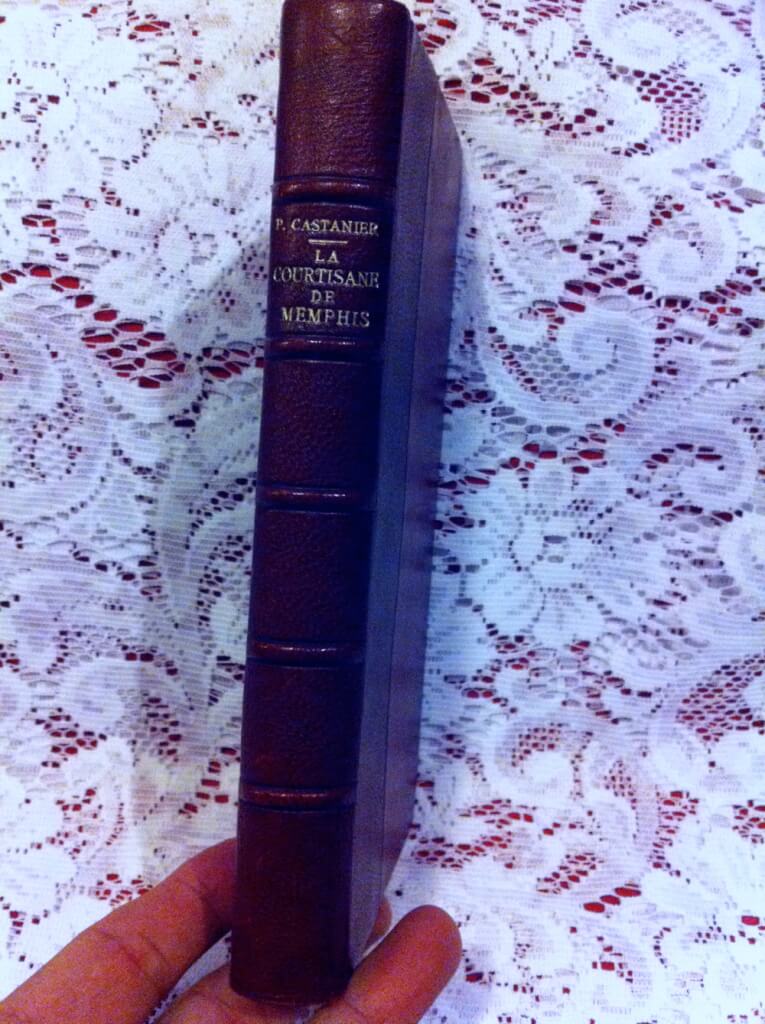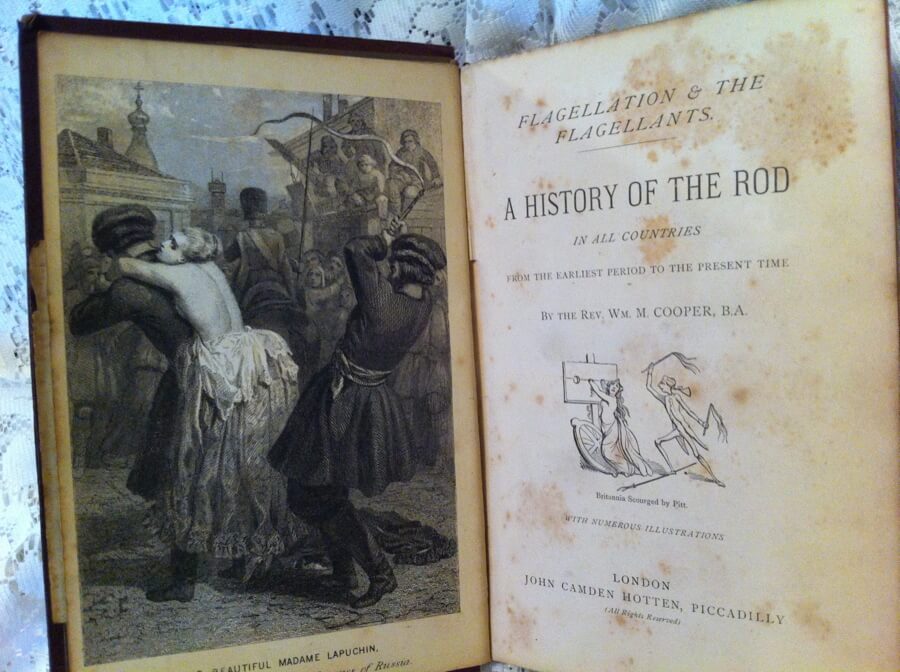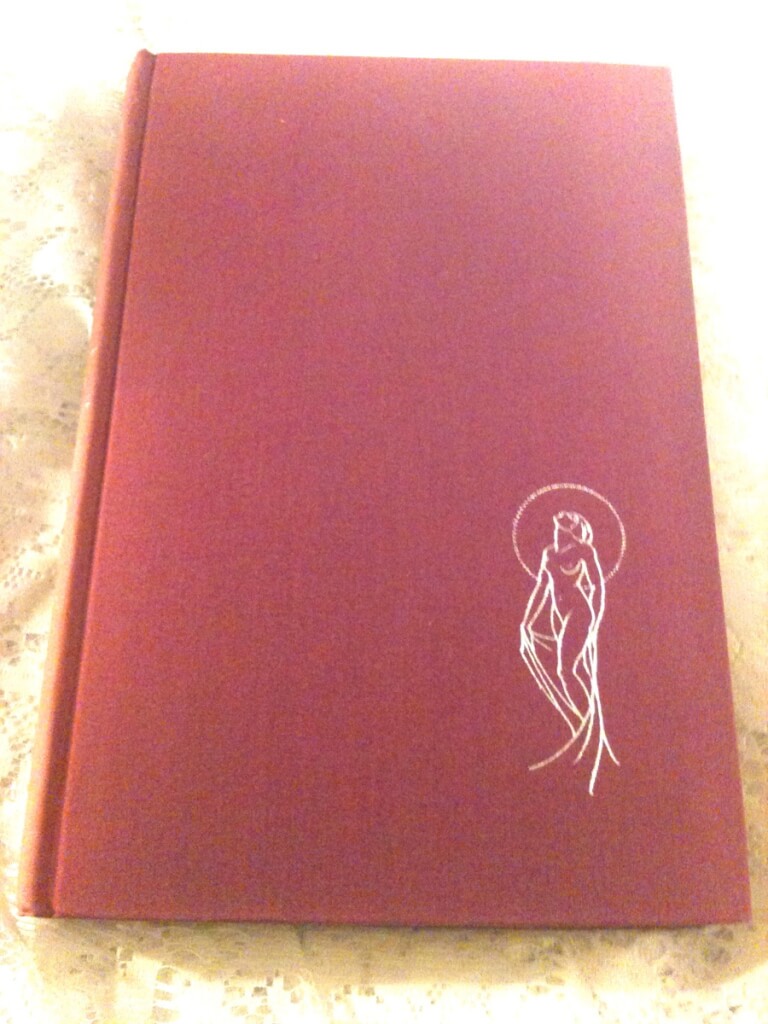Memoirs of Cardinal Dubois | translated from the French by Ernest Dowson | with photogravure portraits of Cardinal Dubois and the Duc d’Orleans (Leonard Smithers and Co, London, 1899, First Edition thus, first English translation)
9.75″x6.5″, 2 volumes, xvi-282pp, viii-268pp, blue boards with gilt decoration and titles on spine, deckled edges, good condition, bumping to corners, bookplates for Reginald Dalton Pontifex in both volumes.
According to the publisher, the original manuscript which was written entirely in Dubois hand was stolen by his secretary Lavergne after his death in 1723. It was later discovered of its literary value that Lavergne attempted to sell the manuscript. He was found and arrested. They later fell into the hands of Comte de Maurepas, then upon his death they were passed on to an anonymous writer named Mercier (possibly M. Paul Laroix) whose family had it published in 1829. The manuscript then became lost. In 1899 and English version of the book translated by Ernest Christopher Dowson, was published by the notorious pornographer, Leonard Smithers & Co. This is, presumably a reprinting of that translation.
Guillaume Dubois (1656-1723), a son of a country doctor, rose from humble beginnings to positions of power and high honor in government and in the Catholic Church. He is best known for negotiating the Triple Alliance of 1717 between France, the Dutch Republic and Great Britain against their mutual enemy, Spain. Considered one of the four great French Cardinal-Ministers (Richelieu, Mazarin, Dubois, and Fleury).
His ecclesiastical career left a great deal to be desired. Although there is no proof of the prevalent assertion that he got secretly married, his licentiousness, and notorious impiety, even at the time of his death, make it evident that he pursued and used ecclesiastical dignities principally to enhance his political position and prestige. Eventually in 1721, Du Bois was created cardinal.
He had the reputation of a libertine and adventurer and made plenty of enemies. One of his rivals was charged at creating his portrait, the Duc de Saint-Simon, who was said to have placed a painting of Dubois in his lavatory. Saint-Simon had this to say about the Cardinal:
“He was a little, pitiful, wizened, herring-gutted man, in a flaxen wig, with a weasel’s face, brightened by some intellect. All the vices – perfidy, avarice, debauchery, ambition, flattery – fought within him for the mastery. He was so consummate a liar that, when taken in the fact, he could brazenly deny it. Even his wit and knowledge of the world were spoiled, and his affected gaiety was touched with sadness, by the odour of falsehood which escaped through every pore of his body.”
This famous picture is certainly biased. Dubois was unscrupulous, but so were his contemporaries, and whatever vices he had, he forged a European peace that, with the exception of small, restrained military expeditions against the Austrian Habsburgs, would last for a quarter of a century.
Leonard Smithers (1861-1907), a solicitor born in Sheffield, was one of the most notable publishers of erotica of his day. He was said to be a brilliant but shady character who operated on the fringes of the rare book trade, issuing small, clandestine editions of risqué books with the boast: ‘I will publish the things the others are afraid to touch’. He was notorious for posting a slogan at his bookshop in Bond Street reading “Smut is cheap today”. He developed a friendship with Sir Richard Francis Burton and published Burton’s famous translation of the Book of One Thousand and One Nights in 1885. He also worked with, among others, Aubrey Beardsley, Aleister Crowley, and Oscar Wilde. With Beardsley and Arthur Symons, he founded The Savoy, a periodical which ran for eight issues in 1896. Smithers famously partnered with Harry Nichols to publish a series of pornographic books under the Erotika Biblion Society imprint. When Beardsley, on his death bed, converted to Catholicism and asked Smithers to “destroy all copies of Lysistrata and bad drawings…by all that is holy all obscene drawings.”, Smithers, famously and thankfully ignored him and continued to publish his works until his death in 1907. It was Smithers who published Oscar Wilde’s The Ballad of Reading Gaol, a long poem commemorating the harsh rhythms of prison life in 1898. Smithers went bankrupt in 1900 and died impoverished in 1907 from cirrhosis of the liver. Up until his death he continued to sell reproductions (and forgeries) of Beardsley’s work as well as reproductions of the Beardsley’s letter asking him to destroy his drawings.
Reginald Dalton Pontifex (1857–1951) was born in France, attended Magdalen College at Oxford from 1876–80, getting a Fourth in Law in 1880 and a Third in his BCL in 1882. He later practiced as a barrister. At the time of his death it was said he had quite the book collection containing, several of antiquarian interest. He bequethed his book collection to his alma mater. Most of his books were printed in the early nineteenth century and many of them extensively illustrated. He died in Bournemouth, Hampshire, England in 1951.










Reviews
There are no reviews yet.